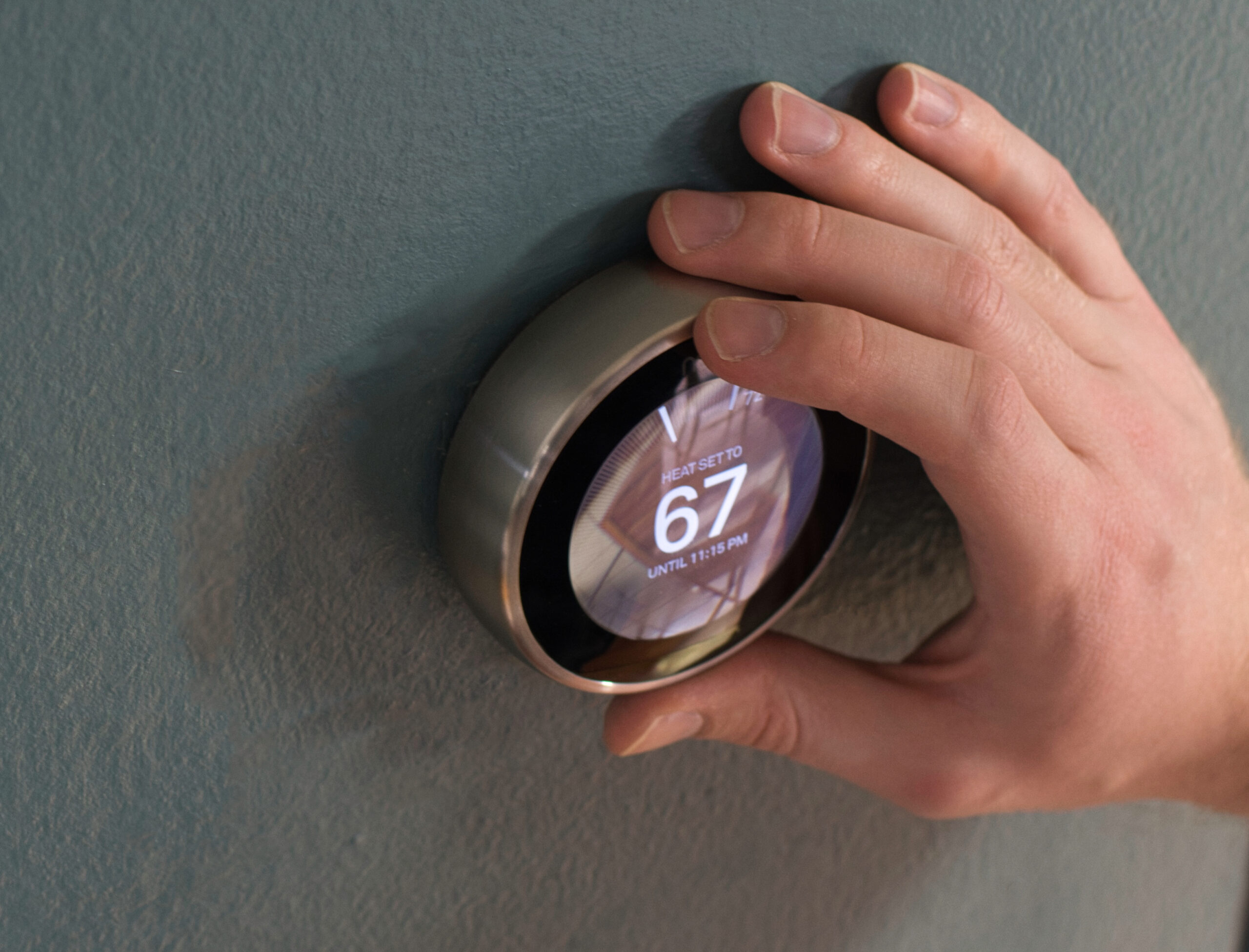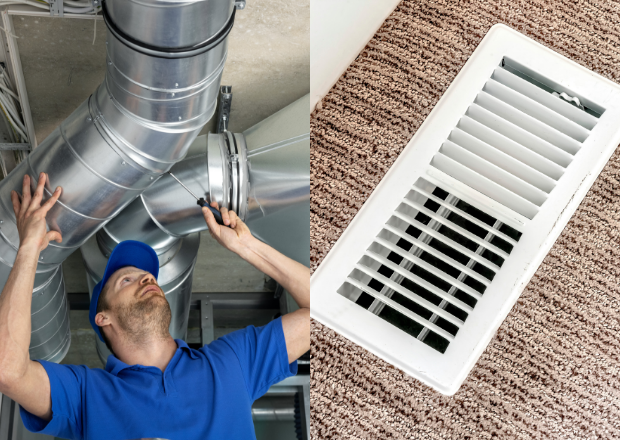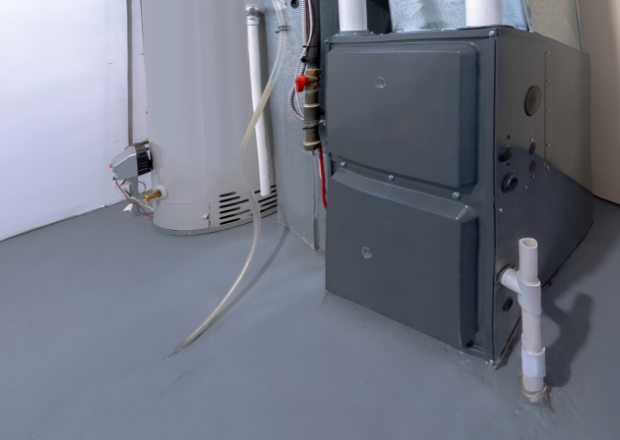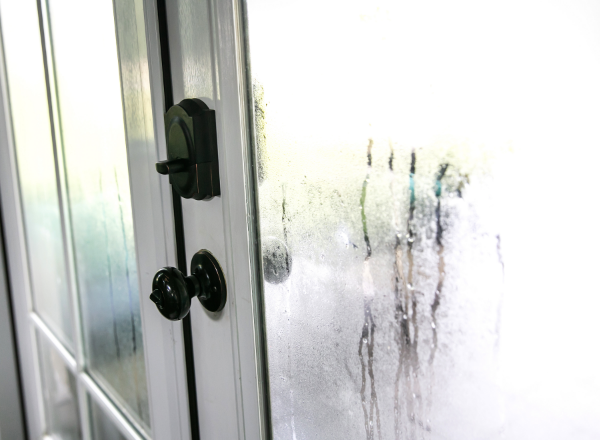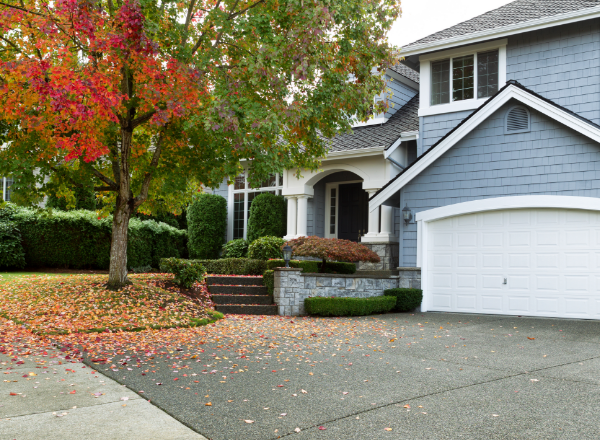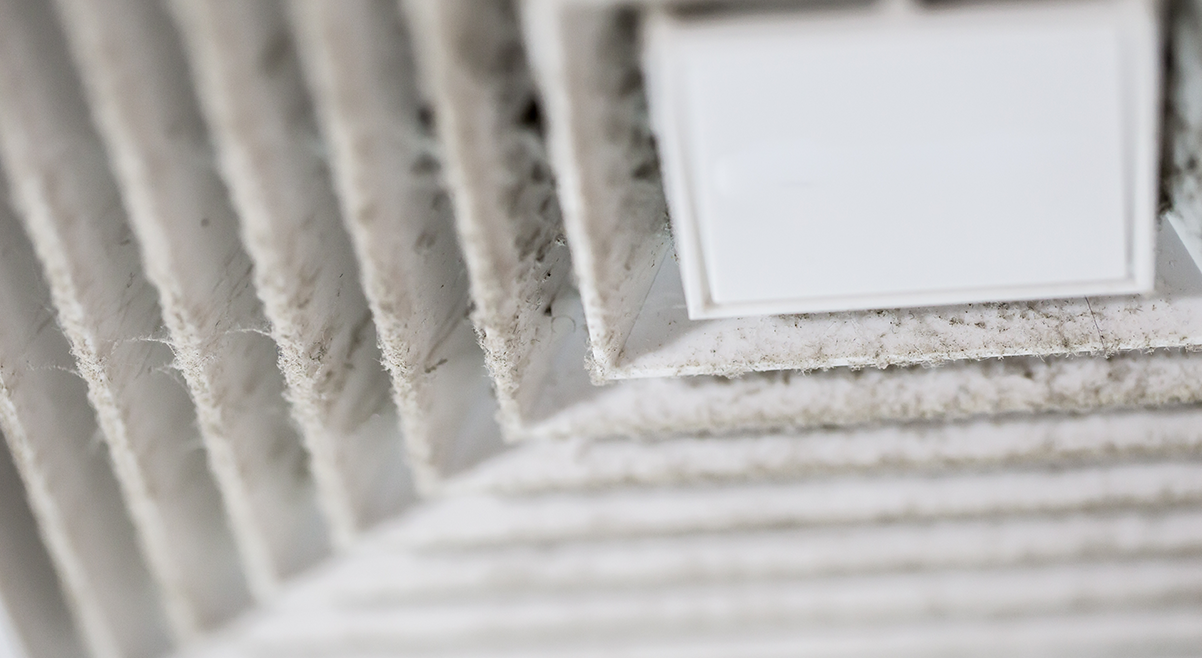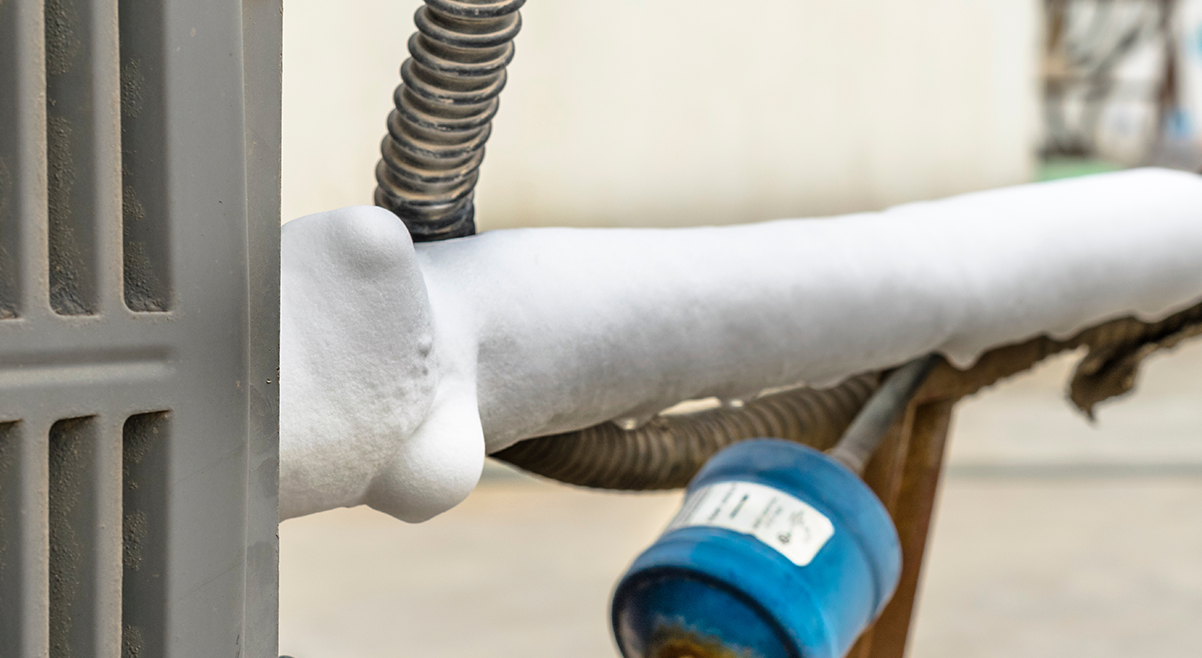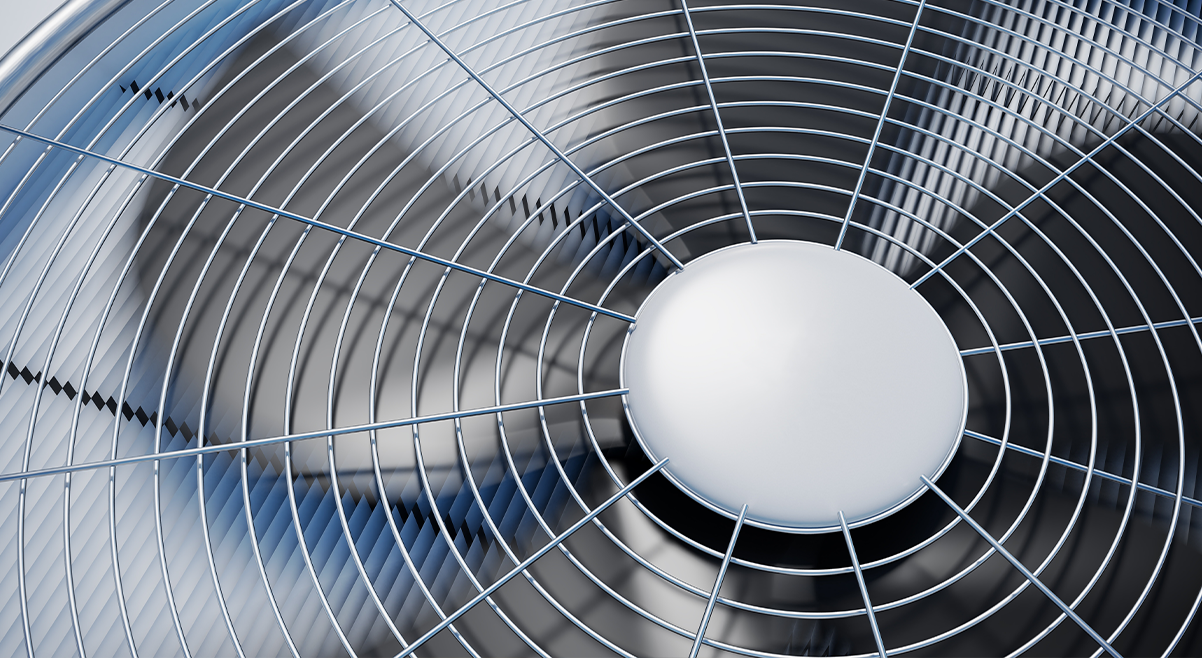You may have heard about smart thermostat systems and are wondering if they’re really worth the hype. The team at Novak Heating, Air, and Duct Cleaning lists some of our favorite benefits of switching to a smart thermostat. You won’t just see reductions in your energy bills, these devices also add convenience, control, and energy efficiency to your home.
How Do Smart Thermostats Compare to Older Models?
Programmable thermostats have been considered a helpful tool for energy conservation in American homes for many years. An estimated 25 million U.S. households have a programmable thermostat installed. However, just having a programmable thermostat in your home isn’t enough. In order to reap the financial benefits, you need to learn how to create schedules and program your thermostat to work for you.
According to the Energy Information Administration’s most recent Residential Energy Consumption Survey in 2015, approximately 76.8 million U.S. households use central air conditioning systems, but only 48.4 million of those homes have programmable thermostats. Furthermore, only 14.1 million of these households program their thermostat. Of these households, studies indicate varying use of thermostat settings and energy-saving strategies. Frankly, most homeowners don’t know how to effectively program their thermostats.
For this reason, recent technological developments have improved upon programmable thermostats to provide additional benefits. Wi-Fi thermostats allow for remote temperature adjustments so users can change temperatures without physically being at their thermostats, if the settings aren’t effective, savings do not result. Smart thermostats make adjusting the temperature settings much easier and more innovative so you don’t need to find your thermostat manual to figure out how to set a schedule.
Smart Thermostat Benefits
Besides being easy to control, smart thermostats come with a variety of other benefits that make sense. When you make the switch, you’ll notice a number of smart thermostat benefits, such as:
1 – Increased Energy Savings
Smart thermostats are much easier to program than other thermostats. Most smart thermostats come with an easy-to-use app that allows you to set schedules throughout the day from your phone or tablet. If you’re at work, your home’s temperature doesn’t need to be as warm, otherwise, you’re paying to heat an empty house. If you love coming home to a nice warm house, you can set up a schedule for the heating system to start raising the temperature during your commute. By lowering your temperature while you are away you’ll notice the energy savings right away on your utility bill.
2 – Easy To Monitor Energy Usage
Smart thermostats record data regarding household energy consumption. This information can be viewed by logging into the corresponding mobile app or online portal. The data provided by switching to smart thermostat models can help you visualize the positive impacts of energy conservation and help you identify areas where improvements can be made.
3 – Geofencing
Instead of programming a schedule yourself, many smart thermostats offer geofencing technology to ensure your home is always at the perfect temperature when you arrive. Using your mobile phone’s location and making observations of your schedule, the thermostat can identify when you are headed home and make temperature adjustments just before arrival to return your rooms to a comfortable temperature when you walk in.
4 – Maintenance Reminders
Switching to a smart thermostat model helps you stay on top of maintenance and repairs. Your smart thermostat constantly monitors HVAC system energy use and can detect changes in consumption. Through the thermostat face or mobile app, it can alert you to the need for maintenance such as filter changes, or notify you when energy consumption has increased, which can indicate a malfunction that requires HVAC repair.
5 – Remote Access
Do you have teenagers that stay home alone and adjust the thermostat without permission? With remote access, you can get mobile alerts to see when your thermostat’s temperature settings have been changed. Then, from your phone, you can change them back. If you go on vacation and forget to adjust the thermostat before you leave, with your phone, you can lower the temperature on your smart thermostat to help you save energy while you’re away.
Smart Thermostats from Novak Heating & Cooling
If you’re thinking of installing a smart thermostat in your Hiawatha area home to save money by reducing energy costs, give Novak Heating & Cooling a call! We offer a great selection of new smart thermostats to ensure compatibility with your home’s HVAC system and provide the comfort control and convenience you desire. Contact us today to learn more about how a smart thermostat can help lower your home’s energy usage.

